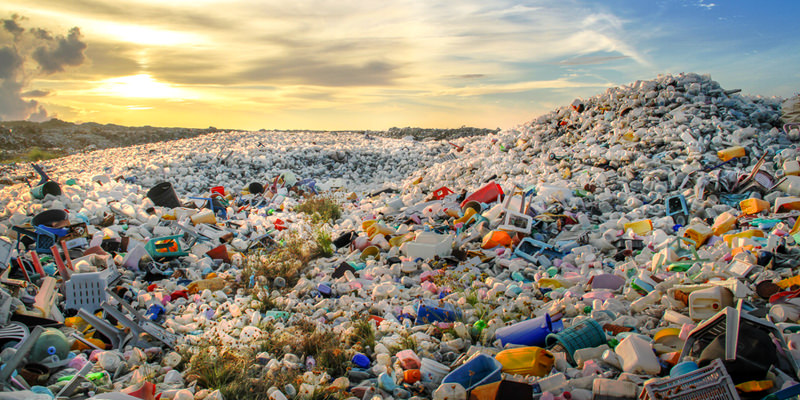
Say you were choosing between beer and soda to accompany your lunch. Say you were putting aside all thoughts about what’s healthier and what you prefer to drink at this very moment (it’s for a good cause!), and instead you were choosing your beverage based solely on the environmental impact. What should you choose?
We’re all used to certain pieties. Soda, bad for you. Plastic, bad for the environment. Between a glass bottle of beer and a plastic bottle of soda, you’d think there’s an obvious choice here. But things are actually a little more complicated than that.
Beer vs. Soda
Obviously, for the same-sized can of beer and soda, the environmental impact would also be the same. Ball, the leading beverage-can maker, produces the same aluminum cans for both beer and soda.
The same is true for glass bottles. But for companies like Coca-Cola and Pepsi, there’s a twist that puts soda above beer in the environmentally friendly race: smaller cans and bottles. Coke’s marketing push to sell 7.5-ounce mini cans and eight-ounce glass bottles was good for sales, as Slate explains, but it was also good for the environment. Smaller containers mean a smaller carbon footprint and fewer materials used.
Now, Budweiser has its own eight-ounce cans, but when it comes to drinking beer, 12-ounce cans or bigger are much more standard.
There is one difference for same-sized cans and bottles: the distance the beverage travels. Mass-produced beer and soda will travel farther than a local beer, and thus be worse for the environment, thanks to the carbon footprint of the semi-trucks.
But in general, mass-produced soda and beer in glass and aluminum cans both have plusses and minuses when it comes to the environment. The same can hardly be said about plastic.
Plastic vs. Bottles vs. Cans
The biggest environmental problem with plastic is that most plastic is made from polyethylene terephthalate (PET). That’s sourced from petroleum, which is non-renewable and destroys the environment when it’s extracted and manufactured. Glass, on the other hand, is made from sand, silica, and limestone, which are less environmentally damaging to mine. Then you’ve got aluminum cans, which require bauxite, which is destructively mined in places like Australia and shipped to the United States. More than 90 percent of the environmental impact of both cans and plastic bottles happens through raw material extraction, Green Lifestyle Magazine writes.
But here’s the surprising thing: A study quoted in Green Lifestyle found that plastic bottles have a 23 percent smaller global warming impact than cans, and a 40 percent smaller impact than bottles. You read that right: 23 percent smaller.
This surprising fact is because a plastic soda bottle is much lighter than a bottle of beer. It wins over bottles in the transportation footprint. Plastic isn’t as light and doesn’t stack as well as cans, though. So once the cans are extracted, they are the winners when it comes to the carbon footprint once the beverage is already put in the container. But the process of extracting aluminum is so environmentally toxic that plastic bottles are still better.
Still, cans take the cake when it comes to recycled content — whether beer or soda cans. According to The Aluminum Association, cans are typically made with 70 percent recycled content, and people recycle their cans 20 percent more often than they recycle glass.
In the end, it comes down to cans versus plastic bottles and what part of the environment you care about saving. Plastic litters the ocean and devastates marine life, yet has a smaller global warming impact. Cans are recycled more often and have a small carbon footprint, but bauxite mining is toxic.
Perhaps it’s time to invest in a keg and a soda tap?

